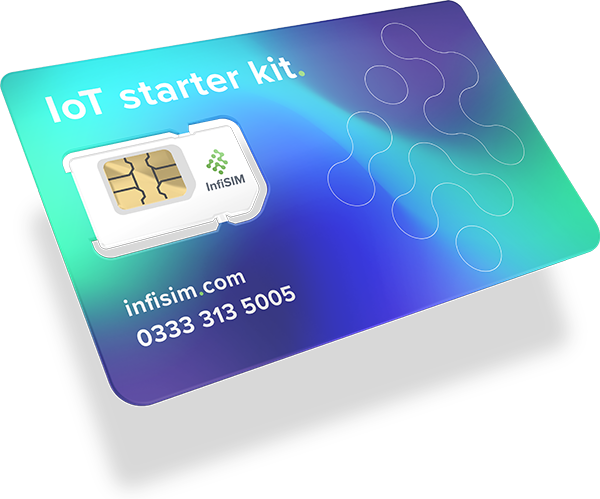Empowering classrooms with IoT.
IoT in education
Revolutionising education with IoT
Due to the public sector’s tendency to keep costs to a minimum, education has been slow to adopt the latest technological advancements. However, with the recent pandemic, there has been a rapid shift towards remote learning and online education. IoT can play a crucial role in enhancing the learning experience, making it more engaging, interactive, and personalised for students and teachers alike.
Benefits of IoT in education
The Internet of Things (IoT) is transforming the education sector. By connecting devices, sensors and other technologies to the internet, IoT can help create more efficient and effective learning environments. Here are some of the potential benefits that IoT can bring to education:
Special education
The Internet of Things (IoT) has the potential to improve special education and support students with disabilities. Devices that have speech recognition, motion sensing, and other assistive technologies can make learning more accessible and inclusive. These devices require reliable connectivity, which InfiSIM’s fixed IP SIM cards can provide.
Environmental control
The use of IoT can be instrumental in establishing an optimal learning environment. For example, smart HVAC systems are able to automatically regulate classroom temperatures, ensuring that students are comfortable and able to concentrate. Likewise, smart lighting systems have the ability to adjust light intensity based on the time of day and ongoing activities.
Predictive maintenance
The implementation of IoT in educational institutions can assist in the upkeep of physical infrastructure. By utilising sensors within school buildings, we can anticipate potential system problems and notify maintenance staff in order to address minor issues before they escalate. This proactive approach to maintenance not only reduces costs, it minimises disruption for students and staff.
Monitoring & feedback
The use of IoT in student performance monitoring allows for real-time feedback and identification of students who may need additional support. InfiSIM’s connectivity enables effective monitoring systems that can enhance teaching strategies and improve learning outcomes.
Empowering interactive learning
The advent of IoT in classrooms is driving an educational revolution, transforming the traditional teaching model into a more interactive and personalised learning experience. IoT can reshape how educators teach, and students learn by using connected devices and smart technologies.
Challenges of integrating IoT in education
Despite IoT’s immense potential and exciting applications in education, implementing this transformative technology can have its challenges.
Future of IoT in education
IoT has immense potential to transform the traditional education system, making it more engaging, interactive, and personalised. It can enhance collaboration and communication, provide real-time monitoring and data analytics, and improve the safety and security of students and teachers. However, integrating IoT in education also poses some challenges, including cost and infrastructure, privacy and security, and training and support. Despite these challenges, the benefits of IoT in education outweigh the challenges, and it is crucial for the education sector to embrace this technology to prepare students for the digital age.
IoT has already shown promise in improving the education system, with successful implementation in various countries, such as Finland. As the technology continues to advance, we can expect more IoT devices and applications to be tailored specifically for the education sector. Virtual and augmented reality, wearables, and sensors for health monitoring are just some of the developments we can expect to become normal in educational settings in the future.
FAQs
Start your free trial today
If you’re looking to deploy an IoT connectivity solution, we can help get you connected. Contact our fantastic UK-based customer support team for more information about our leading IoT connectivity solutions and to arrange a free trial.

